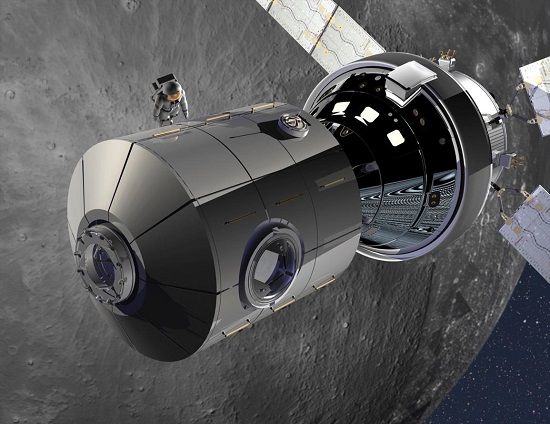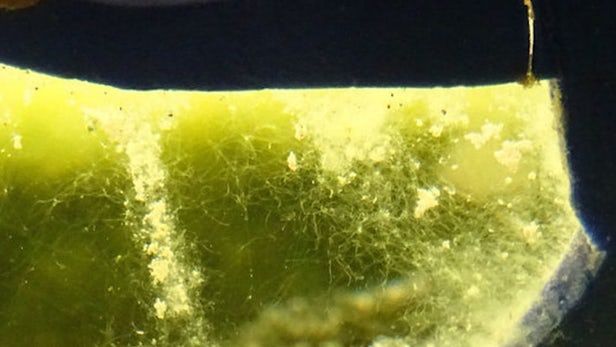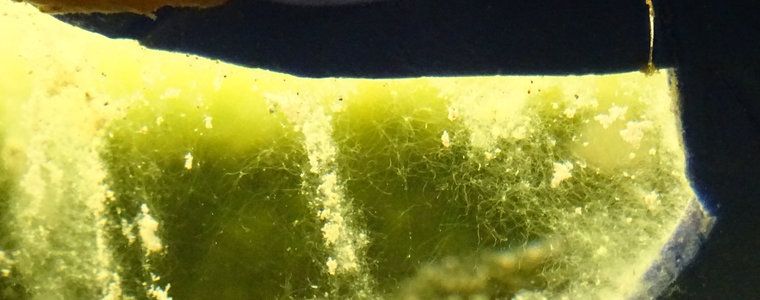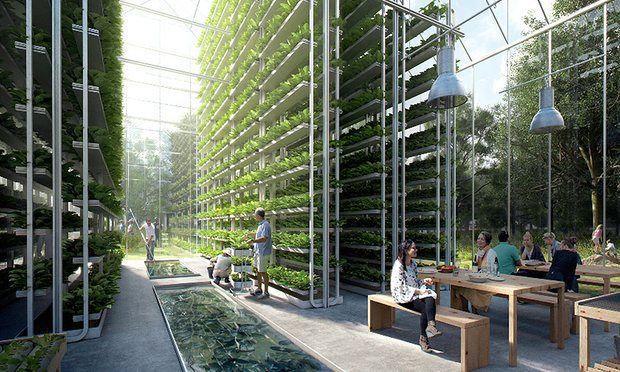DARPA has just launched the Engineering Living Materials program, with a vision to create building materials that grow on-site. The materials would be used to construct buildings that repair themselves and adapt to the environment.
The Defense Advanced Research Projects Agency (DARPA) has certainly had its hand in making the gizmos and gadgets we enjoy into a reality. The agency is still hard at work blazing the trail for the tech of the future, issuing challenges for the creation of the most advanced things on this Earth.
It has issued a new challenges, this time in the field of construction. DARPA has just announced the Engineering Living Materials program, a program to develop building materials that grow on site, repair themselves, and even adapt to the environment. “The vision of the ELM program is to grow materials on demand where they are needed,” said ELM program manager, Justin Gallivan, in a press release. “Imagine that instead of shipping finished materials, we can ship precursors and rapidly grow them on site using local resources.”







